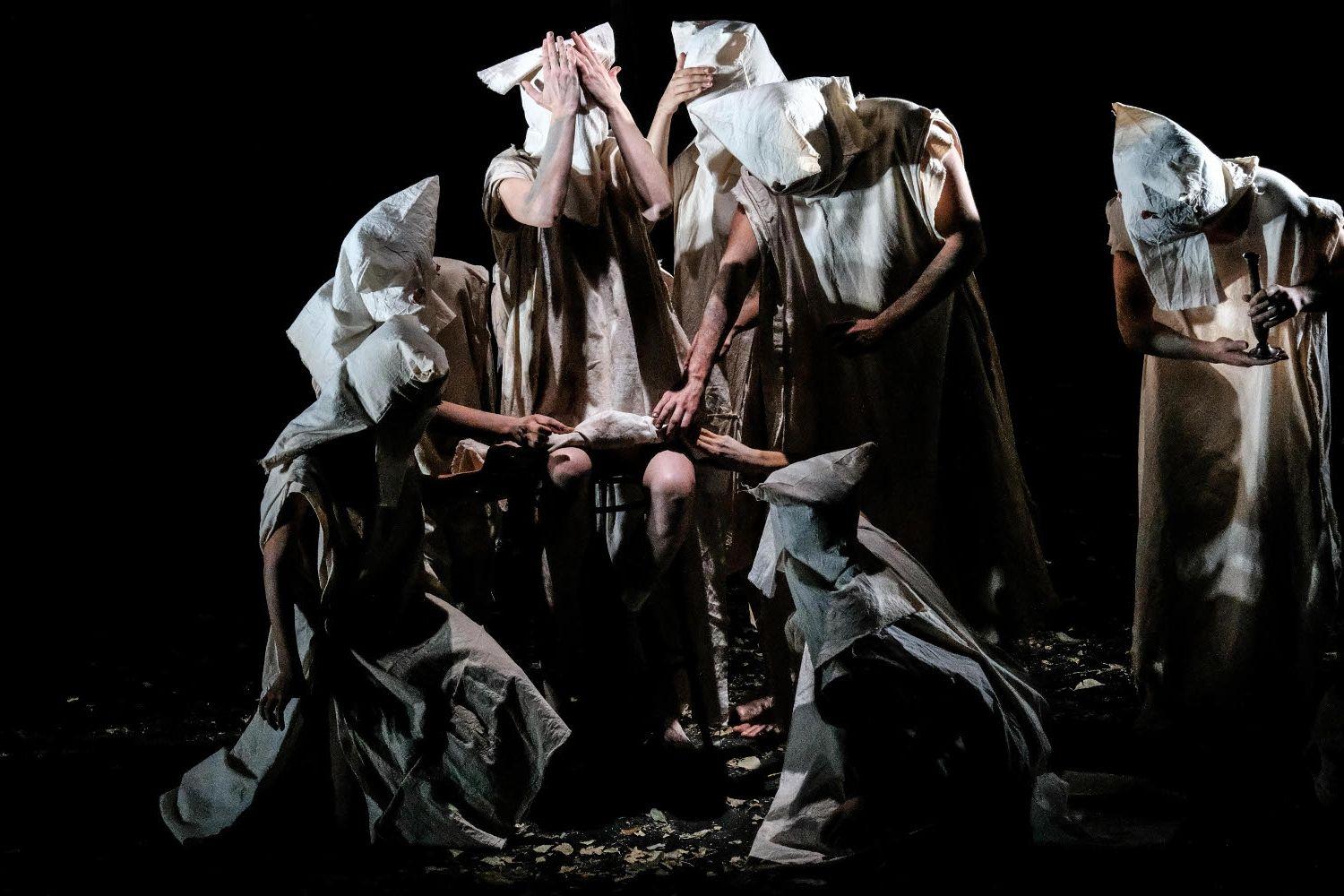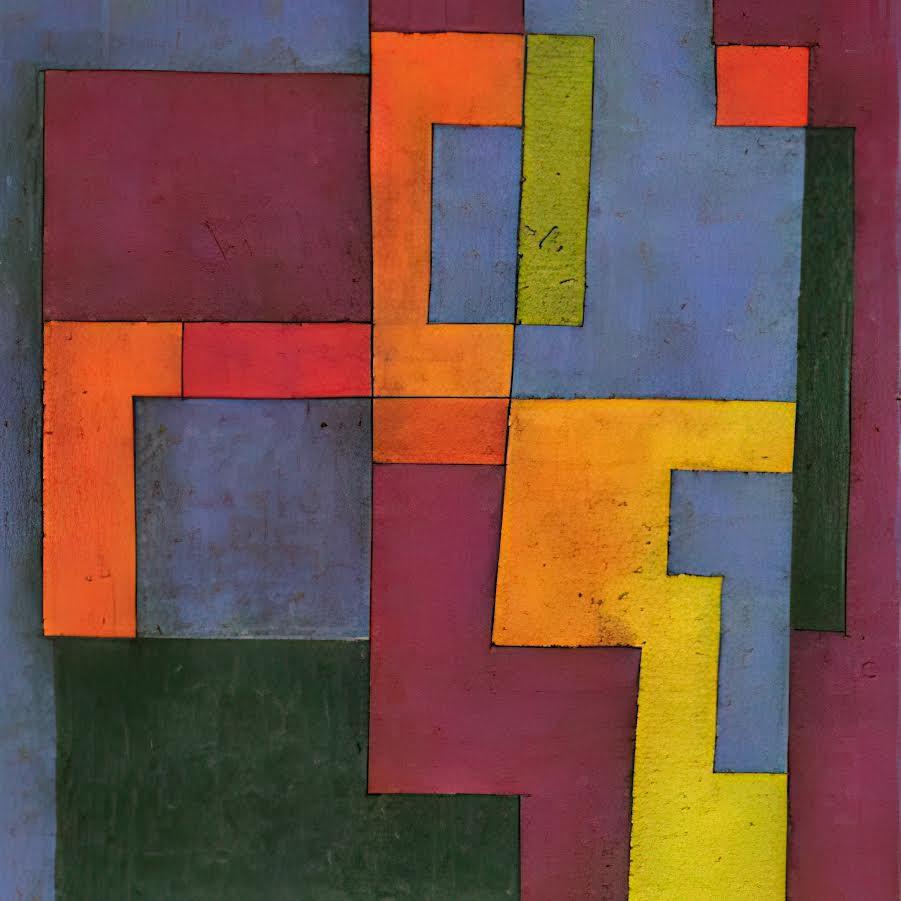Berlin@Play
completedPlayOn!

SummaryBerlin@Play is an adaptation of Franz Kafka's ‘The Castle’. The audience is placed in the role of ‘K’, a newcomer to a city who cannot find his way to the castle and receives no support from the residents. In ‘Berlin@Play’, the theatre audience becomes co-players in the public space, moving independently through the city from a starting point with an iPad and headphones.
___________________________________________________________
A Landesbühnen Sachsen production as part of the Creative Europe project PlayOn!, in collaboration with Platypus Theater Berlin, the Academy for Theatre and Digitality, and HTW Berlin
Introduction
The production was developed in times of Covid19 and therefore had special requirements. How can we integrate the five theatre departments (opera, theatre, philharmonic, dance and puppet) into an MX Reality theatre experience? How can as many theatre employees as possible be involved in the development process?
The focus of the work was Augmented Reality.
We were interested in developing an experience as close to theatre as possible that would allow the diversity of theatre to be experienced at very different places.The interactive format (via an iPad) was used to capture data from the audience and visualise this to them at a later point in the game. The data cloud, according to the story, would also be fed with their data and they would never get access to it (referring to the unreachable castle for Kafka's main character K).
To symbolise this, a deepfake was created by the player and played back to him at the end of the game. But also walk-in 3D sound -the theatre's orchestra was virtually transported into a park and the audience could walkthrough the orchestra.
What did you hope to explore in terms of technology, form, and content? Which theatre aesthetics can be transferred into the digital world? How can a well-known theatre material be transferred to a digital environment? How can the theatre trades (and stage technicians) be integrated into the complex creation process?
Creative Process
How did the collaborators work together on this project?
A clear distinction must be made here:
a) Artists: The artists were very interested and very active in the exchange with each other and with the game developers.
b) Trades (stage technicians): Sound in particular was very interested in the bi-naural sound design and the recordings of the orchestra and the transfer in digital 3D-space. Many technicians were also involved in the development of the basic game idea, especially at the beginning.
c) Game developer: The game ideas were developed together with over 40 theatre employees under the guidance of Sven Ehrentraut and adapted to the story. As a result, Berlin@Play was developed by a very diverse group over a long period of time. Although this was a lengthy process, it was very creative and very unusual for a large theatre company.
d) Storyline: The storyline was developed in outline together with the game structure and then handed over to the author Robert Grieß. This was certainly not easy for the author, but nevertheless many of the ideas described under c) were incorporated into the script.
e) Software development: Unfortunately, this was the most disappointing part of the production. The software development crew found no level of communication with the artists. Any trial-outs only took place among the software developers, there were many misunderstandings, the willingness to join creative art processes was non-existent. Many bugs remained until the end - and in the end the work was terminated unilaterally by the software developers.
What forms of trial-and-error occurred?
The game structures and storyline were tried out and adapted several times in the large group.
Did you use existing software and/or applications?
We have made a lot of changes to the game structure and storyline - but the actual goals of the project have remained unchanged.
What were the key milestones in the development of the production?
The involvement of the theatre staff - a theatre with over 240 employees. Especially in Covid-19 times, there was an openness for this and we were able to go through the processes with a surprisingly large number of people (presentation of immersive technologies, non-linear storytelling, etc.). Only when this was achieved did we move on to implementation.


Reflections
Outcome: An interactive theatre game that can be implemented in different cities, represents all theatre genres (departments) and uses different immersive technologies.
We have achieved our goal. Yes, but we had expected an easier realisation, we had to make a lot of compromises in terms of the interactivity of the game.
We only realised over time what a big risk we had taken with the launch description - how much could not / cannot be realised so smoothly.
In what ways was the production a success?
The fact that we realised Berlin@Play together is a success! That it's fun to play - and that we received a lot of positive feedback - despite all the little mistakes.
That we have been able to show many PlayOn! partners an example of what expansion into urban areas can mean.
That we were able to show Berlin@Play at the 10th Theatre Olympiad in Budapest.
What elements of the final production would you change?
A simpler structure - the option of wanting to show it in many cities posed major problems for the software developers. We don't know what this would have been like with other software developers.
What advice would you give to artists taking a similar approach?
Be careful when selecting software developers. Perhaps start with a smaller project. And the developers should already have experience in the field. Clearly state in the agreement that there are various beta testing phases.





